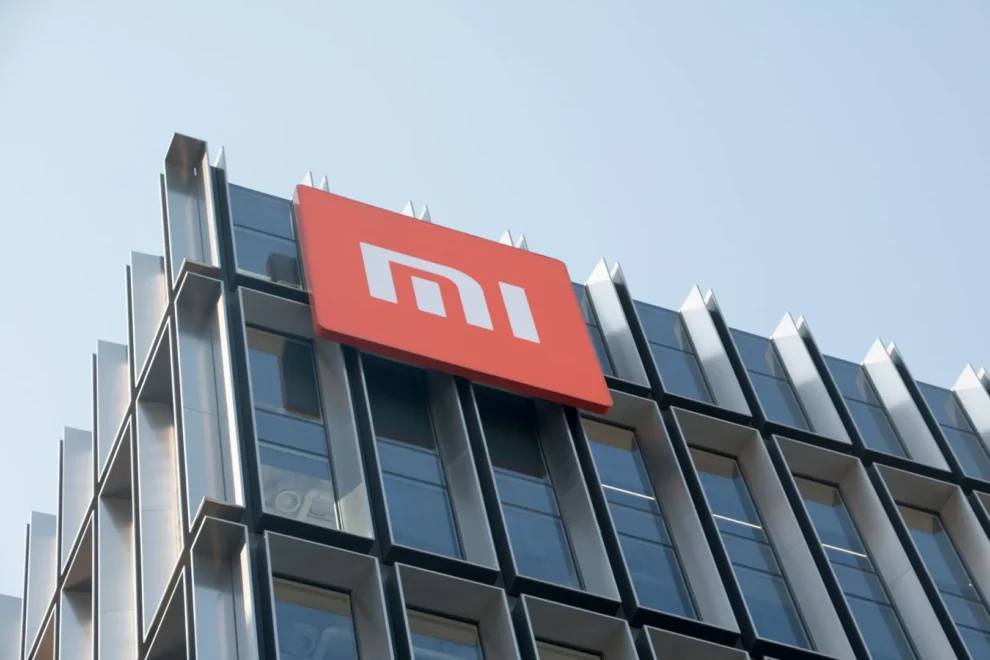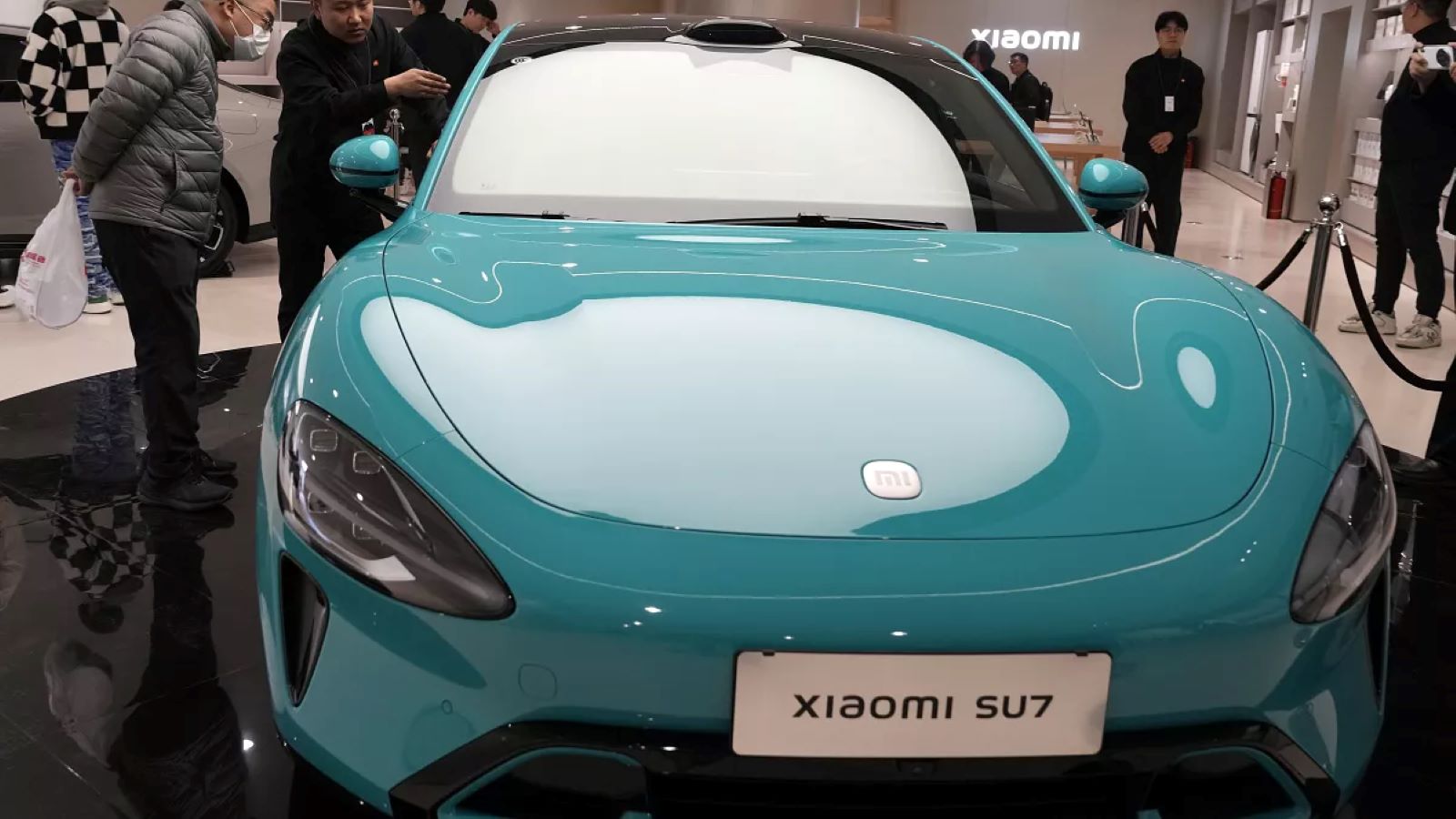Investors are taking a harder look at the valuation of Chinese electronics giant Xiaomi Corporation (SEHK: 1810). The launch of its fir’s electric vehicle, the SU7, sparked fresh enthusiasm, but that excitement now runs alongside persistent pressure in its core smartphone business. Since the car’s debut, the stock has swung noticeably, raising questions over whether the share price reflects real growth prospects or if it simply glosses over deep-rooted business challenges.
Key Takeaways
- Xiaomi’s move into electric vehicles with its SU7 sedan has driven substantial interest and lifted its stock price.
- Smartphones remain the company’s largest revenue source, though the segment faces intense competition and shrinking margins in markets such as India.
- Analysts remain divided: some view the EV project as a long-term growth engine, while others highlight the heavy costs and execution risks.
- Xiaomi’s valuation now rests on a mix of a maturing hardware business and an ambitious, still unprofitable car division.
The Electric Vehicle Factor
Much of the recent market buzz centers on Xiaomi’s official entry into cars. Lei Jun, the company’s founder, introduced the SU7 earlier this year in China, and initial demand was striking. Reports suggested more than 75,000 units were ordered in the first month. That surge in interest sent the stock to a two-year high and briefly added billions to its market value.
For many investors, the EV fits naturally into Xiaomi’s “Human x Car x Home” strategy. The idea is that the car doesn’t just stand alone but connects smoothly with the company’s smartphones, smart home devices, and other electronics. That kind of integration could, at least in theory, strengthen brand loyalty and lock users more tightly into Xiaomi’s ecosystem.
Still, optimism comes with caution. China’s EV space is already overcrowded, packed with big names and startups all fighting for a slice of the market. Breaking through will not be easy. And even if Xiaomi finds its footing, turning the auto division into a profitable arm of the business is likely to be both costly and time-consuming.
Smartphone Market Pressures
While the EV story grabs the spotlight, Xiaomi’s smartphones continue to carry the financial load. Research firms such as Canalys regularly place the company among the top three global smartphone vendors, and it has long enjoyed a strong presence in India, one of its most important markets.
But cracks are visible. Globally, the smartphone market is stagnating, with growth slowing after years of expansion. Competition is relentless. At the high end, Samsung and Apple dominate. In the budget and mid-range, Oppo, Vivo, and Realme—brands tied to BBK Electronics, keep the pressure on. Xiaomi’s thin hardware margins leave it with little cushion in such a competitive landscape. This has been a longstanding concern, and any significant dip in phone sales could make it harder to fund the capital-heavy EV rollout.
The company’s financial disclosures show that while shipments may rise, revenue per device and overall profitability are more complicated stories. That means investors are left weighing two sides: the uncertain but potentially transformative automotive business, and the dependable yet increasingly strained smartphone division. The balance between these two forces is what will likely shape Xiaomi’s valuation in the years ahead.
Frequently Asked Questions (FAQs)
Q. Is Xiaomi stock a good buy right now?
Assessing Xiaomi stock depends on an investor’s risk tolerance. If you believe in the long-term success of its EV business and its ability to integrate it into its ecosystem, you might see potential. However, if you are concerned about the profitability of its core smartphone business and the high costs of the EV venture, you might be more cautious.
Q. How much does the SU7 car cost?
A. The Xiaomi SU7 was launched in China with a starting price of CNY 215,900 (approximately ₹24.8 lakh). There are also higher-end Pro and Max versions with different features and longer range, priced at CNY 245,900 and CNY 299,900 respectively.
Q. What are the biggest risks for Xiaomi?
A. The main risks include the immense competition in both the smartphone and EV markets, the high capital expenditure required for the car business which could hurt overall profitability for years, and potential geopolitical tensions that could affect its global supply chain and market access.
Q. Does Xiaomi make a profit from its cars yet?
A. No. Company executives have stated they expect the car division to be unprofitable for the foreseeable future. They are prepared to absorb losses as they scale up production and try to gain market share.











Add Comment